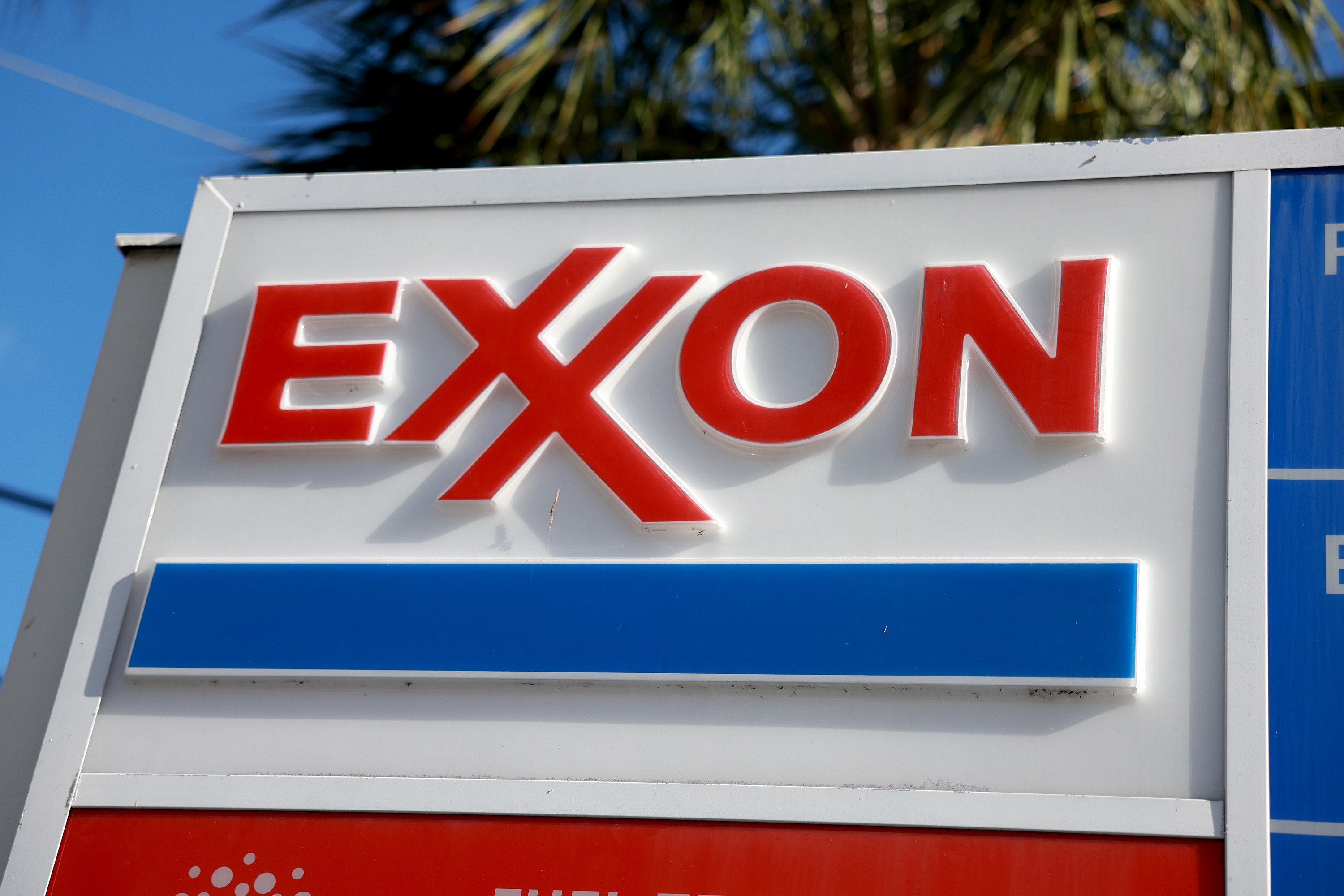Eni S.p.A. (E +0.03%) has a huge 8.5% dividend yield, Royal Dutch Shell plc's (NYSE: RDS-B) yield is 6.5%, BP plc (BP 0.78%) is up at 6.8%, and Total SA (TOT +0.00%) sports 6.6%. Chevron Corporation (CVX 0.01%), meanwhile, has a yield of slightly over 4%, leaving ExxonMobil (XOM 0.17%) as the lowest-yielding oil major at around 3.7%. If all you care about is yield, go for international oil major Eni. But if you want more than that, only Exxon has proved that it will reward investors through thick and thin.
More than the business
You could spend a lot of time comparing the oil giants' operations. And there are important nuances to each name. For example, Eni has some huge opportunities to expand production within its portfolio. Total has been fairly aggressively growing an electricity business to diversify its portfolio. Royal Dutch Shell made an opportunistic, and debt-fueled, acquisition to expand its business in the oil downturn that it's now integrating. BP finally looks as if it might be putting the massive Gulf of Mexico oil disaster in the rearview mirror. And ExxonMobil has historically been at or near the top of its peer group in return on capital employed.

Image source: Getty Images.
Meanwhile, all of the oil majors have been doing roughly similar things to deal with the drop in oil prices that started in mid-2014. That's included trimming capital budgets, streamlining operations, and selling non-core assets to protect the top and bottom lines. For example, Chevron has reduced its exploration spending by roughly 50% since 2014 and lowered its operating and sales, general, and administrative costs by around 25%.
These are all important facts that you need to know. But if you're a dividend investor, there's something else you should keep an eye on: dividend growth.
Still the king
If you're like me, you prize dividend consistency. That means focusing on companies that have long and impressive records of supporting their dividends through thick and thin. Better yet are companies that regularly increase their dividends year in and year out. If you use dividend growth as part of your screening filter, you'll find that only one oil major stands up to the test.
BP, for example, was forced to restructure its business and cut its dividend after the Deepwater Horizon oil spill. And while the dividend has been growing again lately, it hasn't been a steady climb. Mix the two together, and I'm happy elsewhere.
Eni, despite a massive yield, fails the dividend test, too. That's because it trimmed its distribution by nearly 30% in 2015, almost as soon as the oil-price decline started to hit home. That doesn't inspire confidence that the dividend is sustainable, even after a cut. No, thanks.
Shell hasn't increased its dividend since 2014 and is now focused on paying down debt related to its big BG Group acquisition. It's also been using a scrip dividend to help preserve cash. I like Shell's opportunistic move using the downturn to expand its business, and I don't believe the dividend is in danger of being cut. But a stagnant dividend makes me pause even if I like the broader story.
Total's dividend has stayed the same or grown for 30 years. Not surprisingly, 2014 and 2015 was a two-year period in which the dividend didn't grow. It's nice that Total didn't cut its dividend, as Eni did, and that the dividend has started to grow again -- albeit by a single euro in 2016. So I wouldn't dismiss Total as an option. But there are better choices if you prefer to get annual "pay raises."

Chevron has successfully trimmed costs, but don't forget the dividend. Image source: Chevron Corporation.
Chevron has increased its dividend annually for 29 years. That's a record I like, but it's not a clean fact. It's a byproduct of the company's increasing its dividend in the middle of the calendar year. For example, it held the dividend steady for 10 quarters between 2014 and 2016. That's two and half years with no increase even though the annual streak remained alive. Not exactly what I'm looking for.
And then there's ExxonMobil. Exxon has a 35-year history of increasing its dividend. That includes an actual dividend increase every year through the deep oil downturn. Although Exxon has the lowest yield of the oil majors, it also has the most impressive dividend history. It's the best dividend option in my book.
A winner
I'm not suggesting that annual dividend growth is the only factor you should look at. As I mentioned, there are subtle and large differences between all of the oil majors. But if dividend consistency is important to you, then you need to keep this fact high up on your checklist. Basically, of all the oil majors, Exxon alone has proved that it returns value to investors through dividend increases year in and year out. Sure, the yield is relatively low, but that's a trade-off you might be willing to accept to ensure your dividend checks keep coming and growing.









